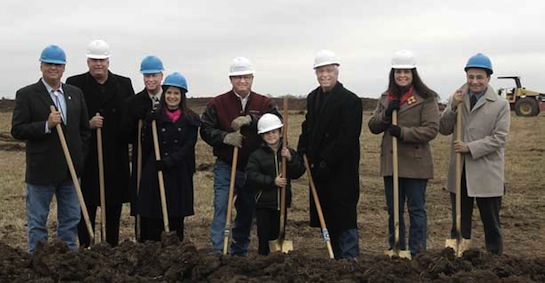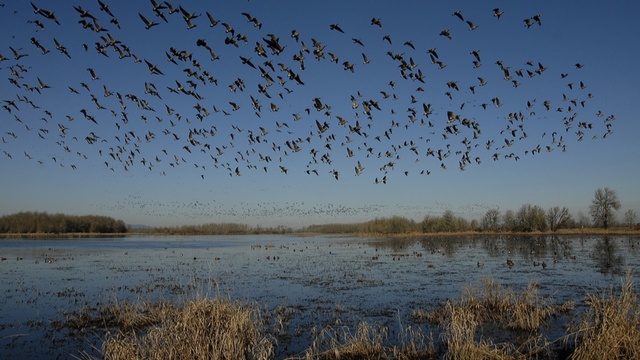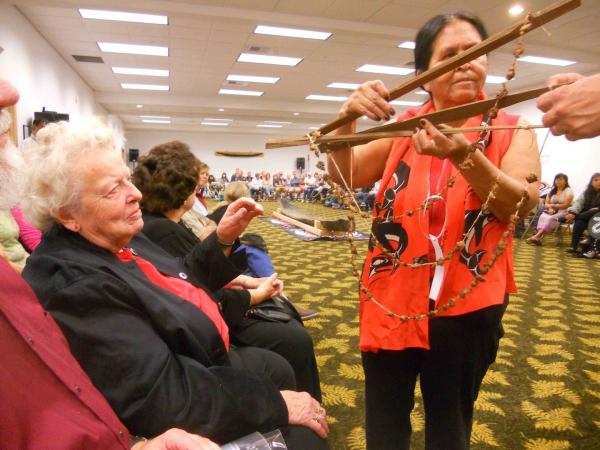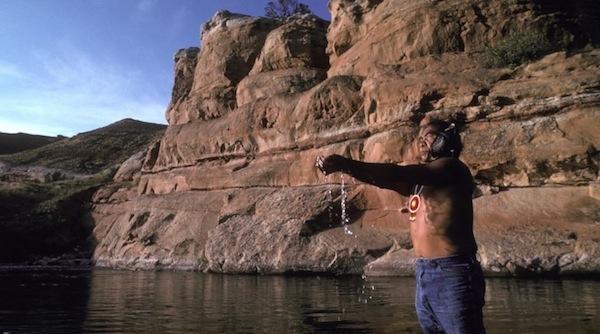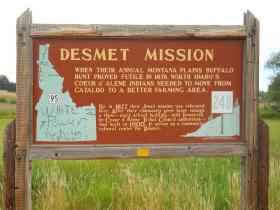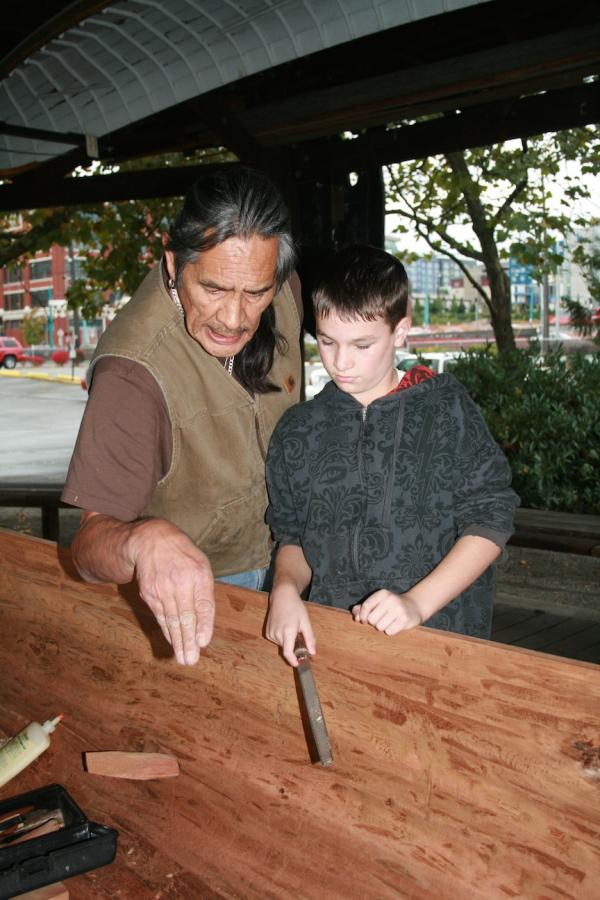By: Associated Press
SEATTLE (AP) — Two environmental groups are asking the U.S. Department of Transportation to immediately ban shipments of volatile crude oil in older railroad tank cars, citing recent explosive oil train wrecks and the department’s own findings that those accidents pose an “imminent hazard.”
The petition filed Tuesday by the Sierra Club and ForestEthics seeks an emergency order within 30 days to prohibit crude from the Northern Plains’ Bakken region and elsewhere from being carried in the older tank cars, known as DOT-111s.
Accident investigators have reported the cars rupture or puncture even in wrecks at slow speeds.
The Obama administration has said it will propose a new rule this month governing tank cars, which could include retrofits of older models cars and tougher standards for new ones.
But that “will take too long to address the imminent hazard posed by use of dangerous DOT-111 tank cars to ship crude oil,” according to the petition, which the law firm Earthjustice filed on behalf of the two groups.
It could take a year before a rule is finalized. In the meantime, the shipments are putting small towns and major cities along the rail lines at risk, the petition said.
Transportation Department spokesman Ryan Daniels said the agency cannot comment on whether an outright ban is under consideration, because a formal rule-making process for the older tank cars already is underway.
Since 2008, derailments of oil trains in the U.S. and Canada have seen the 70,000-gallon tank cars break open and ignite on multiple occasions, resulting in huge fireballs. A train carrying North Dakota crude in DOT-111s crashed into a Quebec town last summer, killing 47 people.
“We need to get them off the tracks as soon as possible. I’d like to see a moratorium,” said Ben Stuckart, city council president in Spokane, Washington, where as many as 17 mile-long oil trains pass through the county in a typical week.
In New York, Albany County Executive Dan McCoy said he wants to see those older tank cars replaced with safer models. “They really should ban them across the board, and go with the newer models,” he said.
Problems with the older tank cars have been cited by safety advocates since the mid-1990s. In April, outgoing National Transportation Safety Board Chairman Deborah Hersman urged quicker action on pending tank car rules. She warned that a “higher body count” could result from further delay.
Transportation Secretary Anthony Foxx in May advised companies to avoid using the older cars to carry the volatile oil from the Bakken region of North Dakota, Montana and parts of Canada. But the step was voluntary, and the older tank cars continue to be used.
Shippers in North America use about 65,000 so-called “legacy” tank cars to carry flammable liquids, including more than 25,000 for crude, according to industry representatives.
The vast majority of those cars deliver their shipments safely, said Tom Simpson, president of the Railway Supply Institute, which represents the companies that make, own and use the tank cars.
“They are not rolling time bombs. They are not Pintos on rails,” said Simpson said, referring to the older model Ford cars known to catch fire in accidents.
Since 2011, more than 10,000 tank cars with more protective shells and other improved safety features have been put into service under a voluntary industry standard. Simpson said further upgrades could be made over the next decade, and older cars found to be unfit for service eventually will be retired by their owners.
Regulators in Canada have moved more aggressively on the issue than their U.S. counterparts. In April, Transport Canada ordered railroads to phase out older cars within three years.
